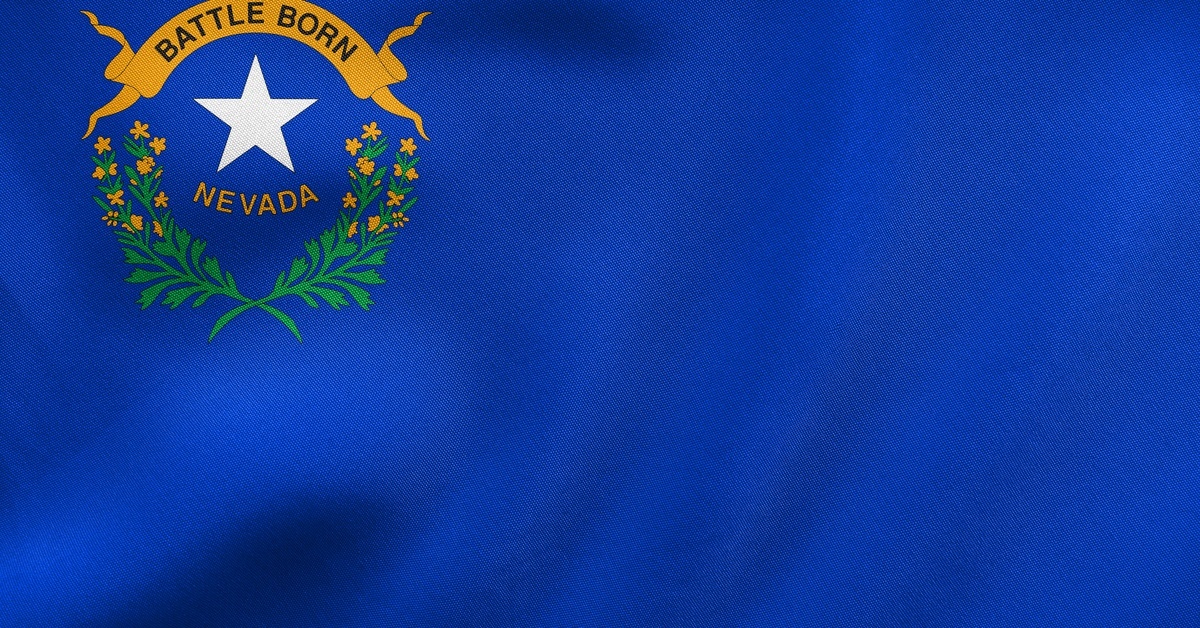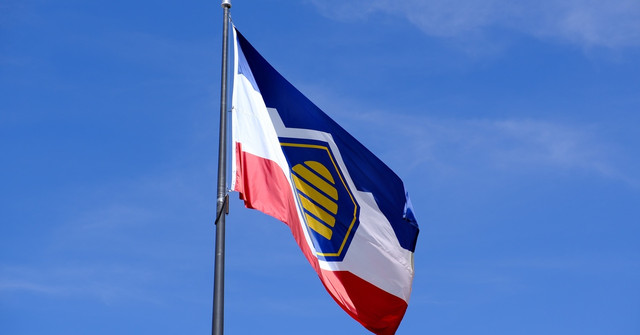Why Do So Many US States Redesign Their Flags?
Nov 10th 2025
A US state’s flag is a powerful symbol, representing its history and identity to its people and the world. In recent years, many states have undertaken the process of redesigning their official banners. In this blog, we will examine why so many US states redesign their flags, look at some that have undergone these changes, and examine a couple that are currently taking a second look at their banners.
The Reasons for US State Flag Redesigns
US states often pursue flag redesigns for a variety of compelling reasons, ranging from the need to bring their flags into the modern era to a desire to make aesthetic improvements. Behind each redesign is a deeper story worth exploring.
Cultural Changes
One reason why states evolve their flags is that they need a symbol that accurately reflects their present-day population and values. Many older flags may feature imagery that states must update to be more inclusive and reflect their current populations. By responding to public sentiment and the call for a more unified identity, states can address these issues and retire flags that cause division.
Complex or Unremarkable Designs
Another reason why so many US states redesign their flags is that they wish to revamp dull or confusing designs. Some state flags are overly complex and difficult to recognize from a distance. Meanwhile, others feature designs that are hard to differentiate from other state flags and fail to create a memorable visual identity.
A well-designed flag should be simple enough for a child to draw from memory and be distinctive. States are recognizing that a simple, bold, and unique flag is a more effective branding tool, one that can be easily reproduced on everything from official documents to merchandise.
Common Guidelines for Flag Changes
When a US state decides to pursue a new flag, it typically establishes a set of guidelines to ensure the final design is both meaningful and well-executed. The process is often formalized through legislation that creates a special commission or task force to oversee the redesign. Their first task is to define the principles and criteria that will guide the selection of a new design.
One of the most universally adopted sets of principles comes from the North American Vexillological Association, which outlines multiple tenets of good flag design. These include focusing on simplicity, omitting the use of lettering or seals, and using no more than three colors.
These guidelines encourage designs that are visually striking, easy to remember, and effective when seen flying from a flagpole. By steering clear of complex seals and text, states aim for a symbol that is timeless and universally comprehensible.
The public is almost always a central part of the redesign process. State commissions typically launch a public call for submissions, inviting residents of all ages and artistic abilities to contribute their ideas. This open-submission phase can generate thousands of potential designs, demonstrating widespread engagement and interest.
States That Recently Changed Their Flags

In the last few decades, several US states have adopted new flags. Each motivation tells a story about identity, pride, and change, and some of them might surprise you.
Utah
One example is Utah, which changed its flag in 2024. People often criticized its former flag for having a classic "seal on a bedsheet" design that made it indistinguishable from many other state flags. Today, it has what many people call "The Beehive Flag."
The new design features a central golden beehive, a long-standing symbol of the state's industry and community ethos. Underneath it, a white stripe represents the snow-capped mountains, while the red at the bottom signifies the iconic red rock canyons. The design is clean, modern, and deeply symbolic of Utah's natural beauty and pioneering spirit.
Nevada

Nevada also revised its flag to implement a design that better reflects its unique character and heritage. In 1991, the state replaced it with a version that features a deep blue field accented by a silver star—symbolizing Nevada’s nickname, “The Silver State”—in the upper left corner, surrounded by a sagebrush wreath, which is the state flower.
Above the star, a banner reads “Nevada,” while below, two sprays of sagebrush cross to create a unified and balanced composition. The redesign process aimed to provide a clear, bold visual identity that is easily recognizable and honors Nevada's natural resources and legacy within the United States.
South Dakota
South Dakota has also revised its state flag to capture its identity and core values better. In 1992, the state updated its flag, aiming to move away from the prior design, which people saw as less visually distinctive and less representative of South Dakota's heritage. The updated flag features a sky-blue field symbolizing the state’s wide-open skies, with a radiant yellow sun in the center—a nod to South Dakota’s nickname, “The Sunshine State.”
Encircling the sun, the words “South Dakota” and “The Mount Rushmore State” emphasize both the state's name and its iconic national monument. The redesign process involved careful consideration of statewide symbols and input from residents, resulting in a flag that communicates South Dakota’s natural beauty, historical significance, and optimistic outlook.
States Considering a New Flag
The trend of flag redesigns shows no signs of slowing, with several other states actively considering a change. Read about two states that have considered or are considering changes below.
Illinois
Illinois is another state where the conversation is gaining momentum. Its current flag, which prominently features the state's name, a field, and a bald eagle in front of the sun.
In 2023, a bill was introduced to establish a flag commission responsible for developing new designs. A desire for a more aesthetically pleasing and representative symbol is driving the effort to revise the current one.
Maine
The state of Maine also recently revisited its flag history with a referendum that suggested returning to a previous design. Even though its current flag is yet another seal on a blue field, many residents rallied around the state's original 1901 flag.
This historic design is remarkably simple, featuring a green pine tree and a blue North Star on a buff-colored background. The flag has seen a surge in popularity, appearing on hats, stickers, and front porches across the state. However, the referendum was not successful, and the state remains with its current design.
A flag is a dynamic symbol, and as states evolve, so too must the emblems that represent them. The ongoing wave of redesigns reflects a broader effort to create symbols that are inclusive, well-designed, and a source of pride for all citizens.
If you want to celebrate your state’s heritage, Independence Bunting & Flag Corp. can help. Our collection of outdoor flags and banners includes state flags that will help you honor both history and progress. Explore our collection to find the right one for your home or organization.








